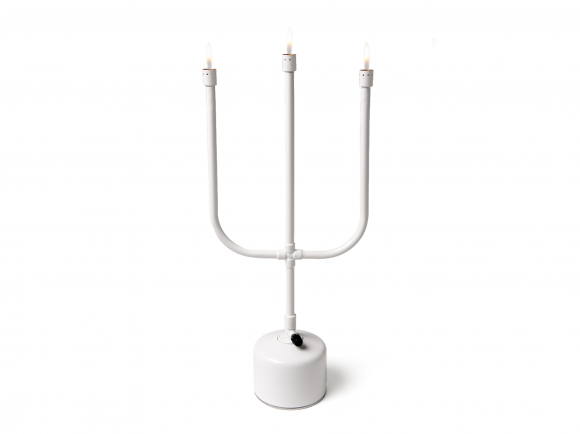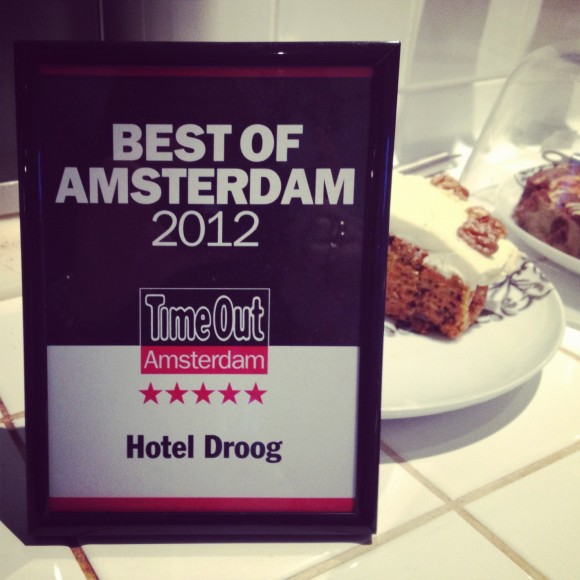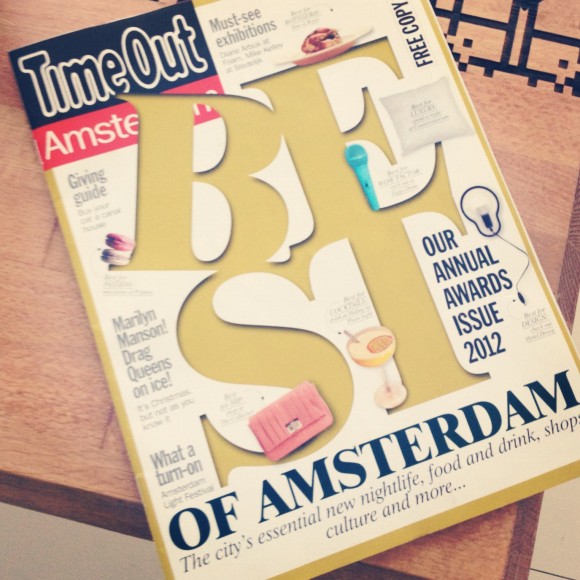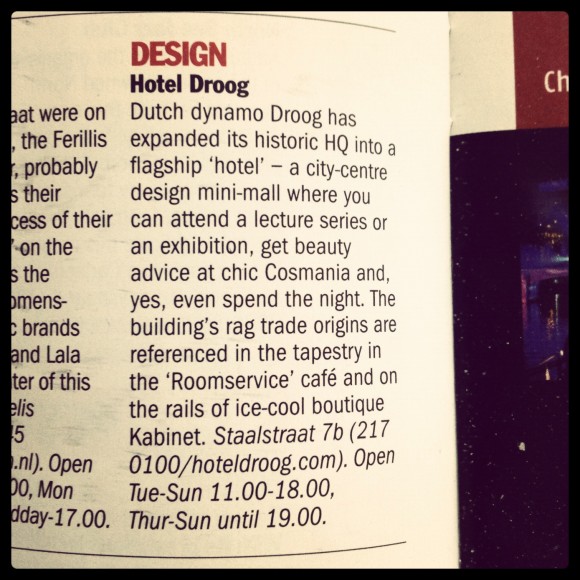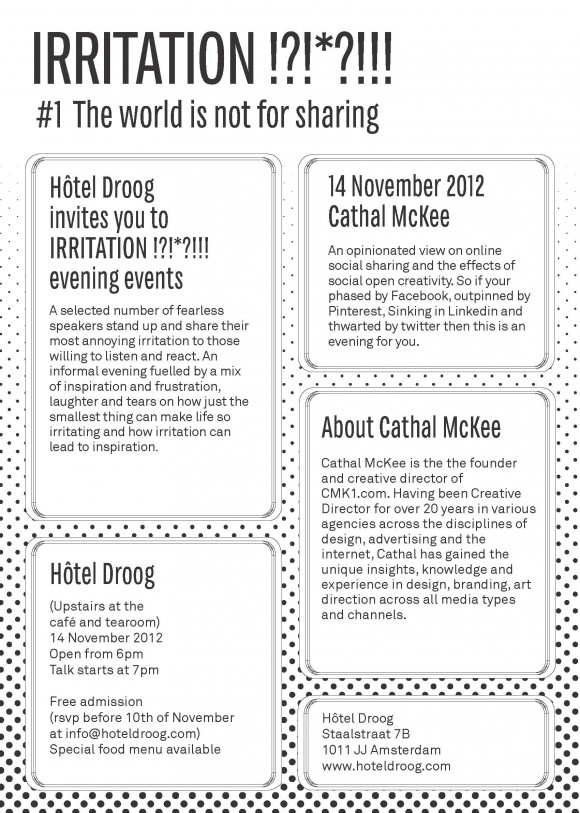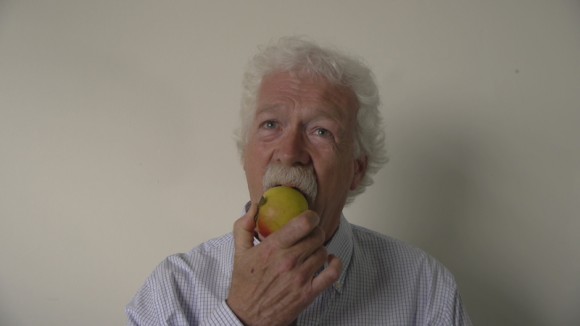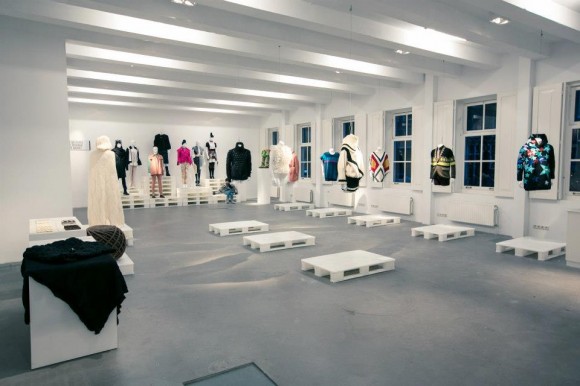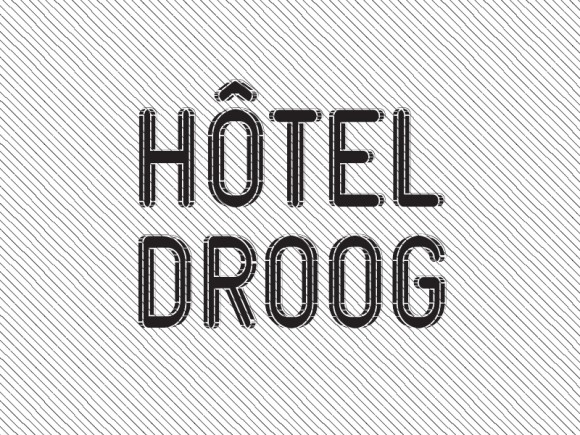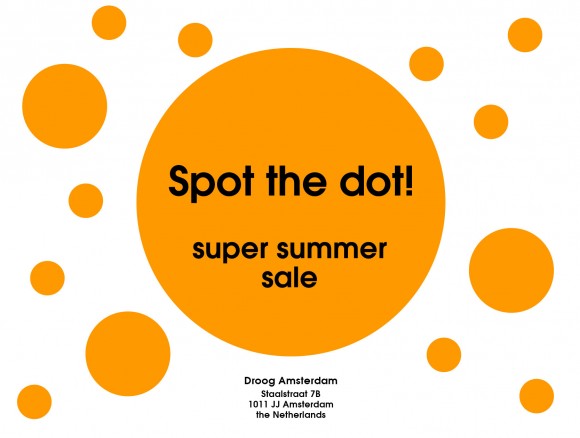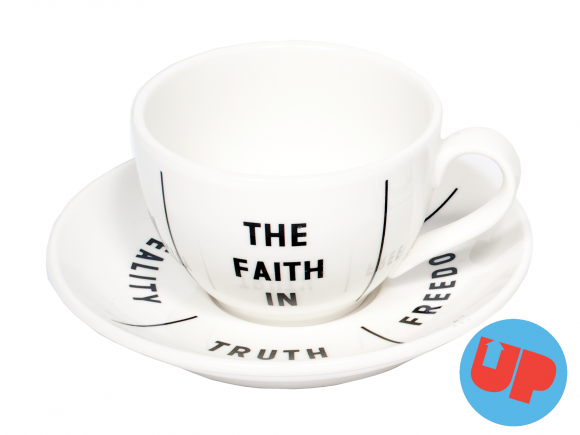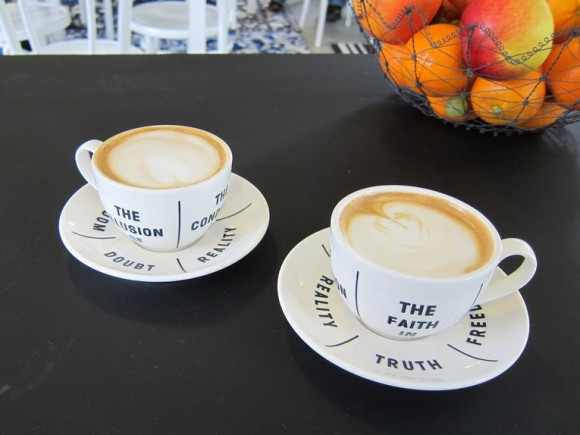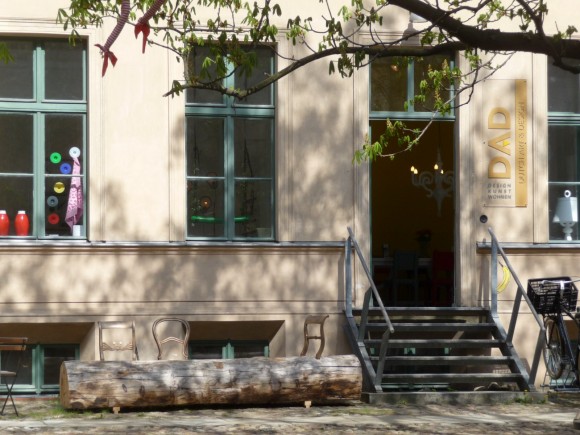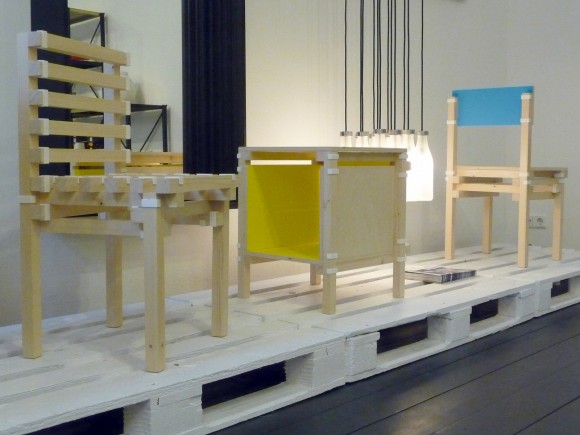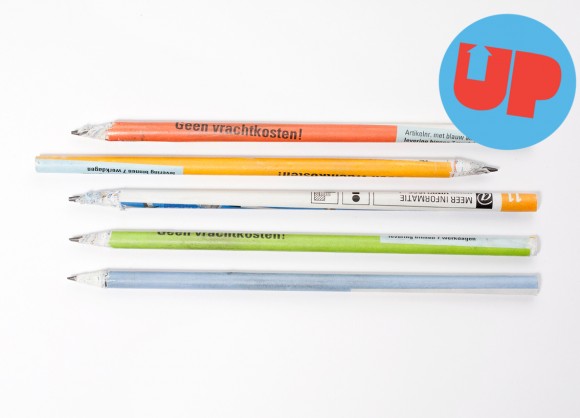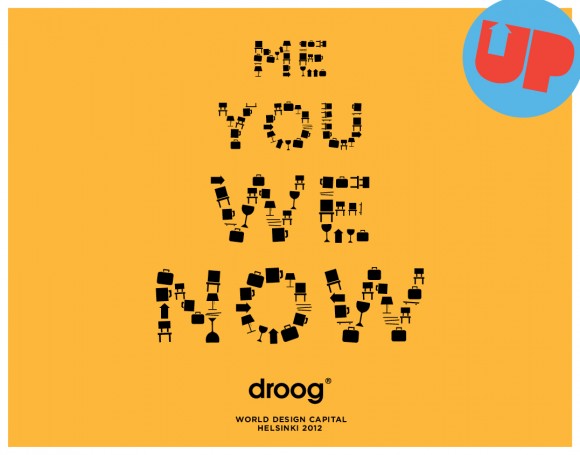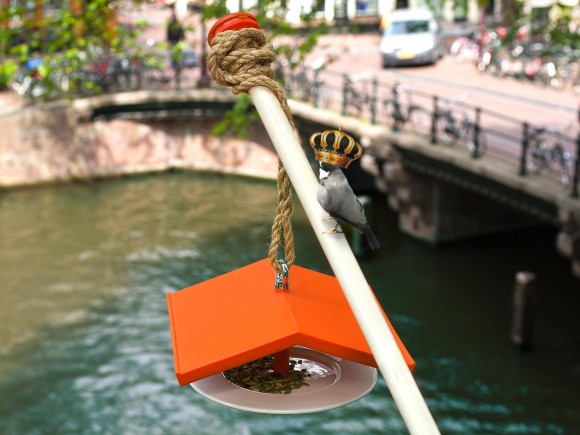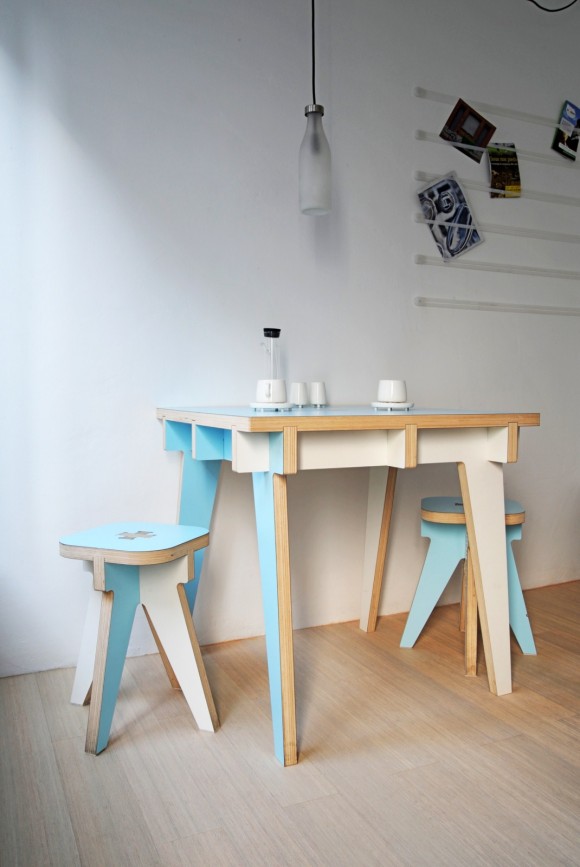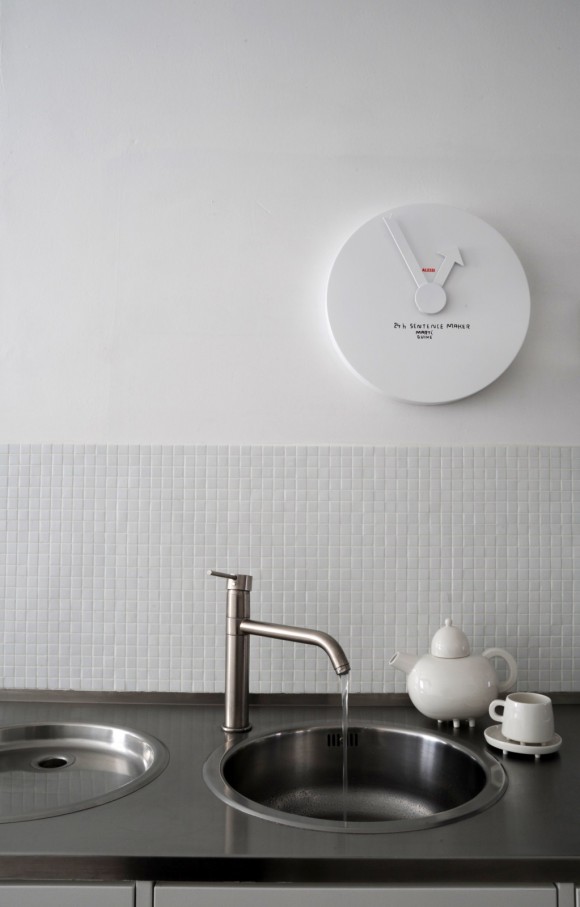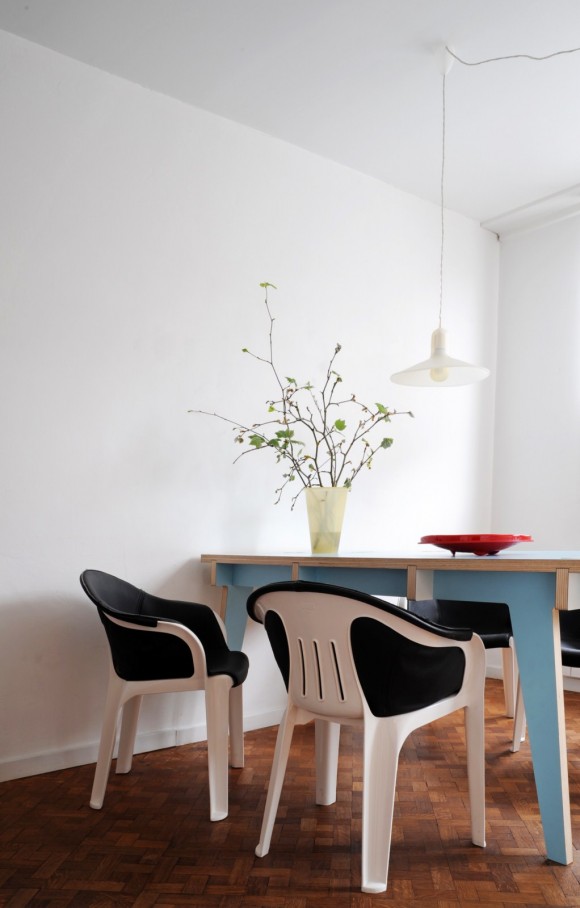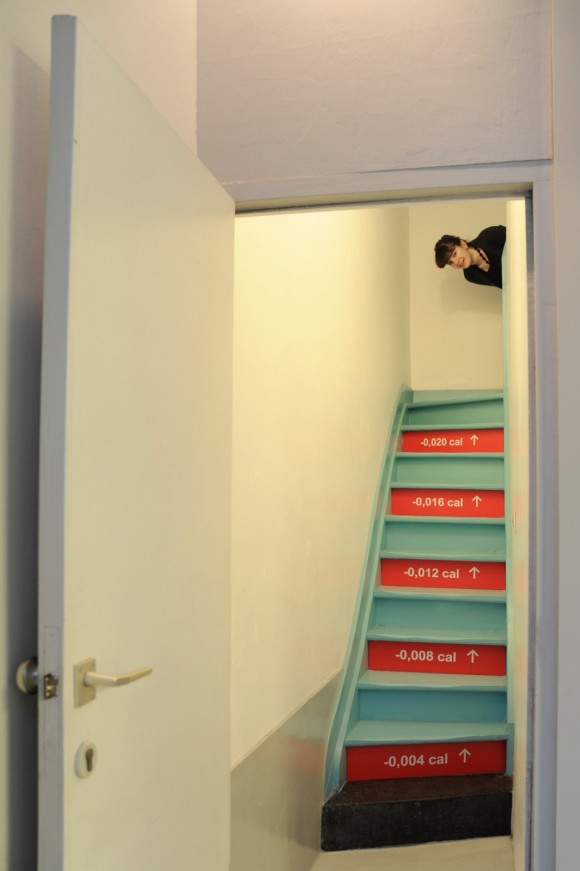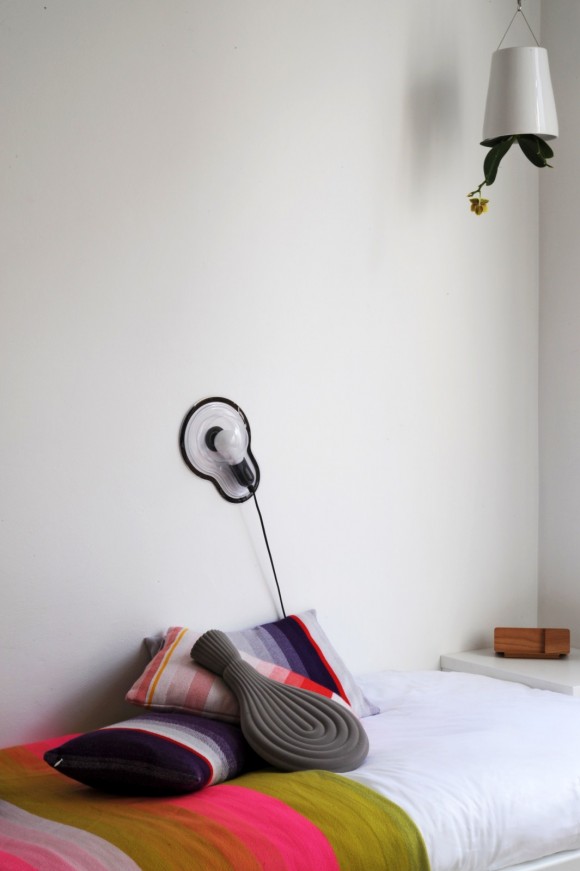Droog releases iconic flames
In the current economic climate, aesthetics have become side-lined by the pursuit of austerity. Droog’s new collection is a campaign for beauty; a range of products that embrace both luxury and practicality. Not so much less is more, as less + more.
The latest in this line is Flames, designed by Chris Kabel. Flames is a refillable gas fuelled table candle with a very recognisable shape. This design is an evolution of the classic gas cartridge holder. It is a pragmatic design, originating from a number of rational decisions and using the same simple and cheap materials as the utilitarian camping stove. Always dependable, sturdy and practical, Flames still creates an unexpected feeling of luxury. Chris Kabel states: “I look at things as if they have never been seen before, then I dissect them and, after that, I reassemble them according to my own rules.” Flames is no exception to this process. This product is the perfect synthesis of innate functional qualities with a more decorative outer shell. The raw industrial gas pipes and gas tank are coated white, and their slender shape conjures a romantic chandelier casting a flickering light.
Flames – table lighter is now available at our Droog store in Amsterdam and online at www.droog.com for € 139,- Soon available at resellers worldwide.

